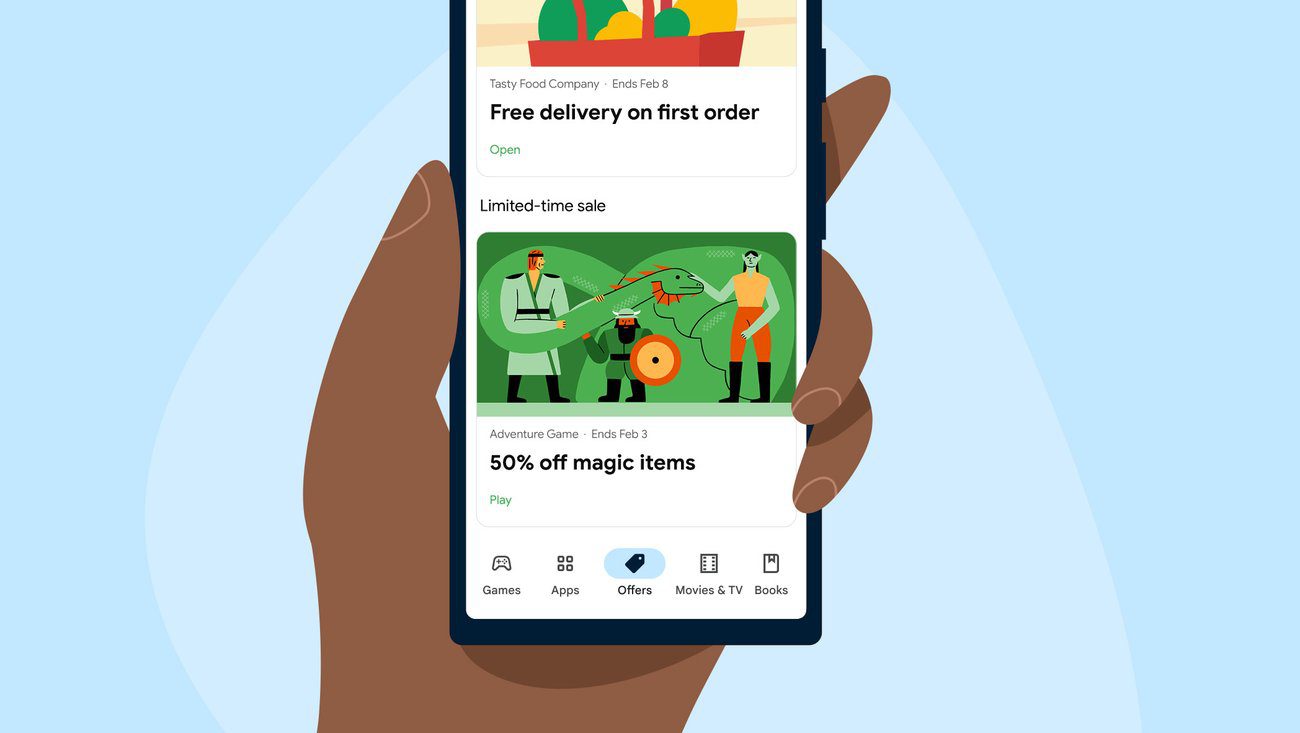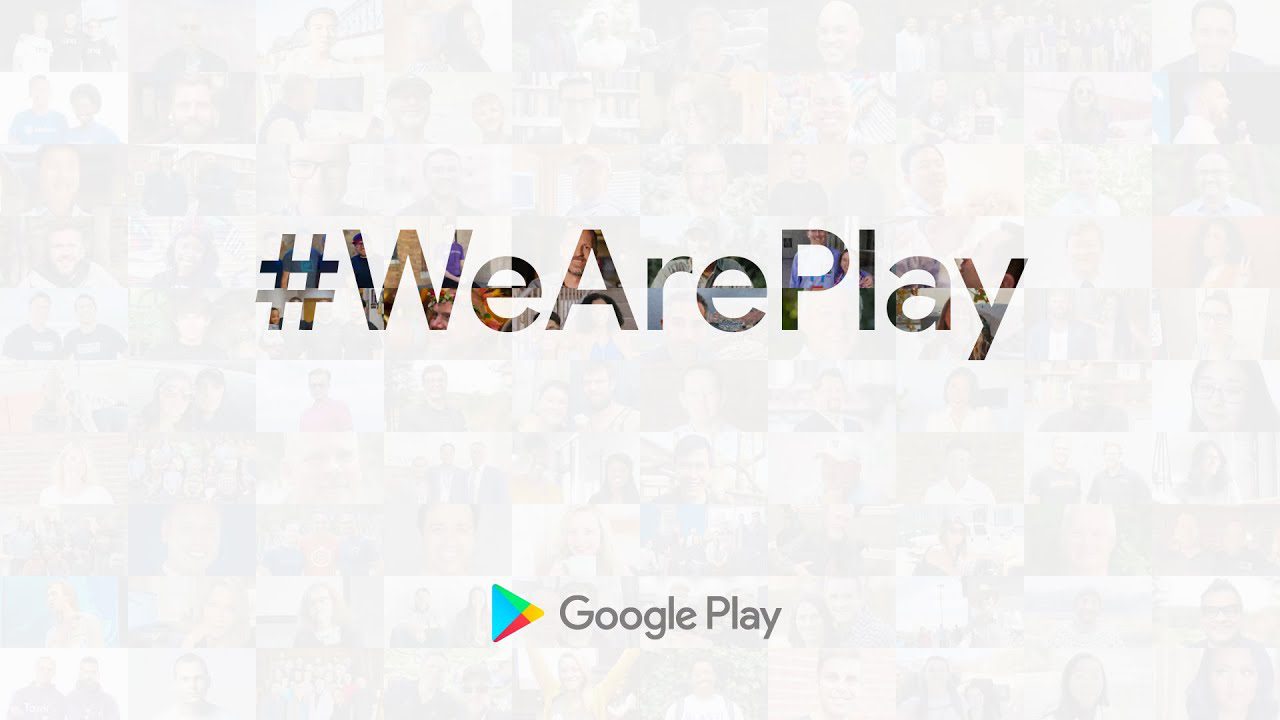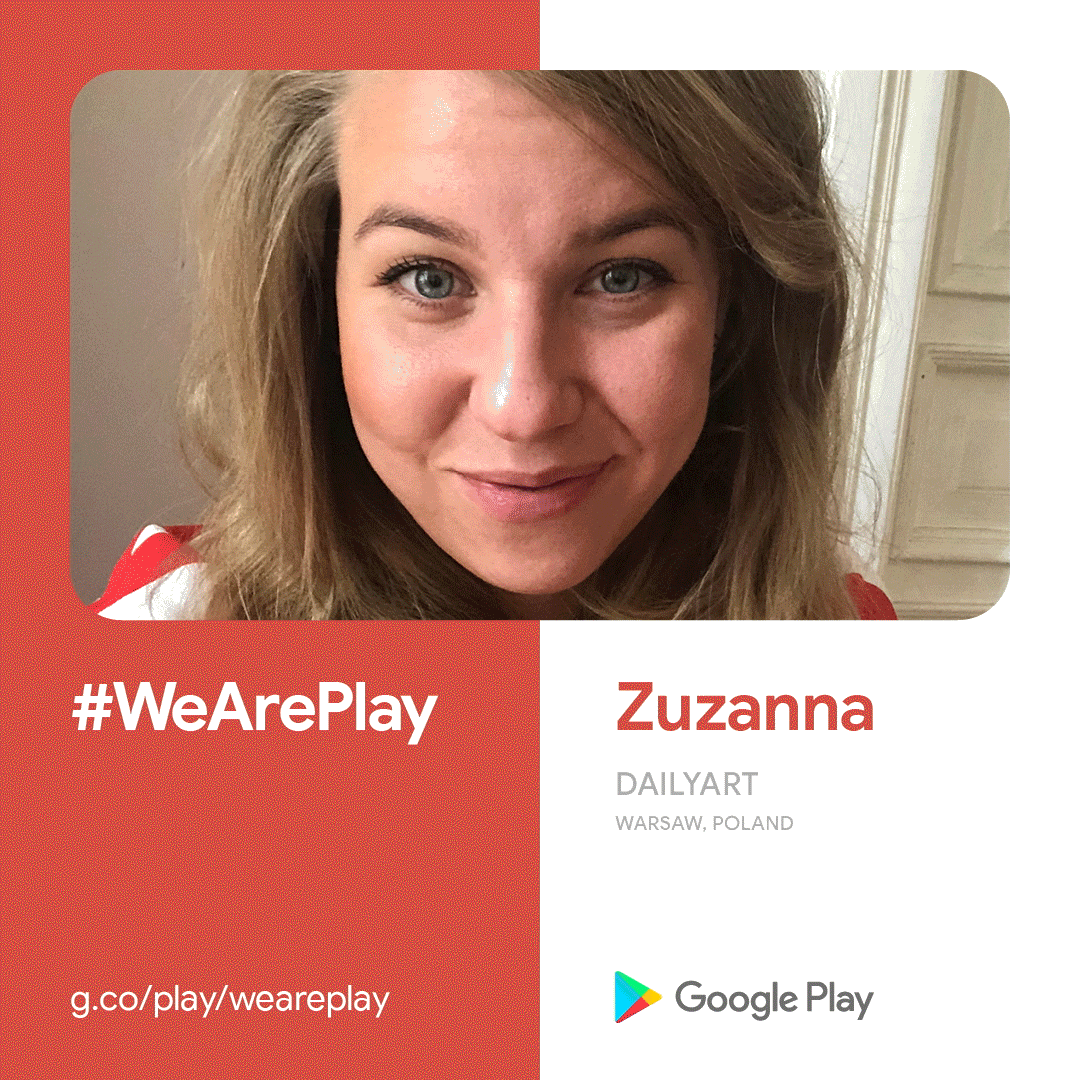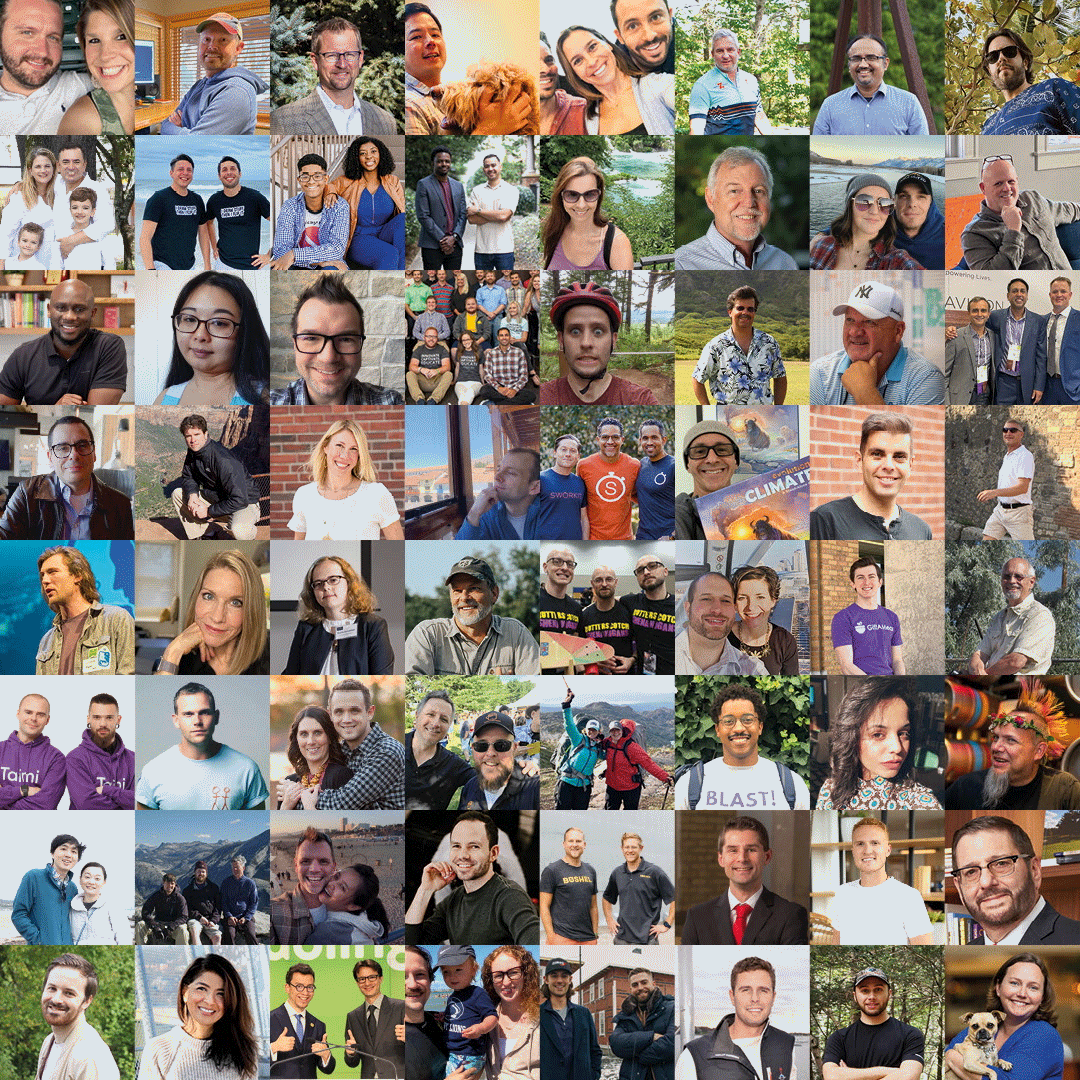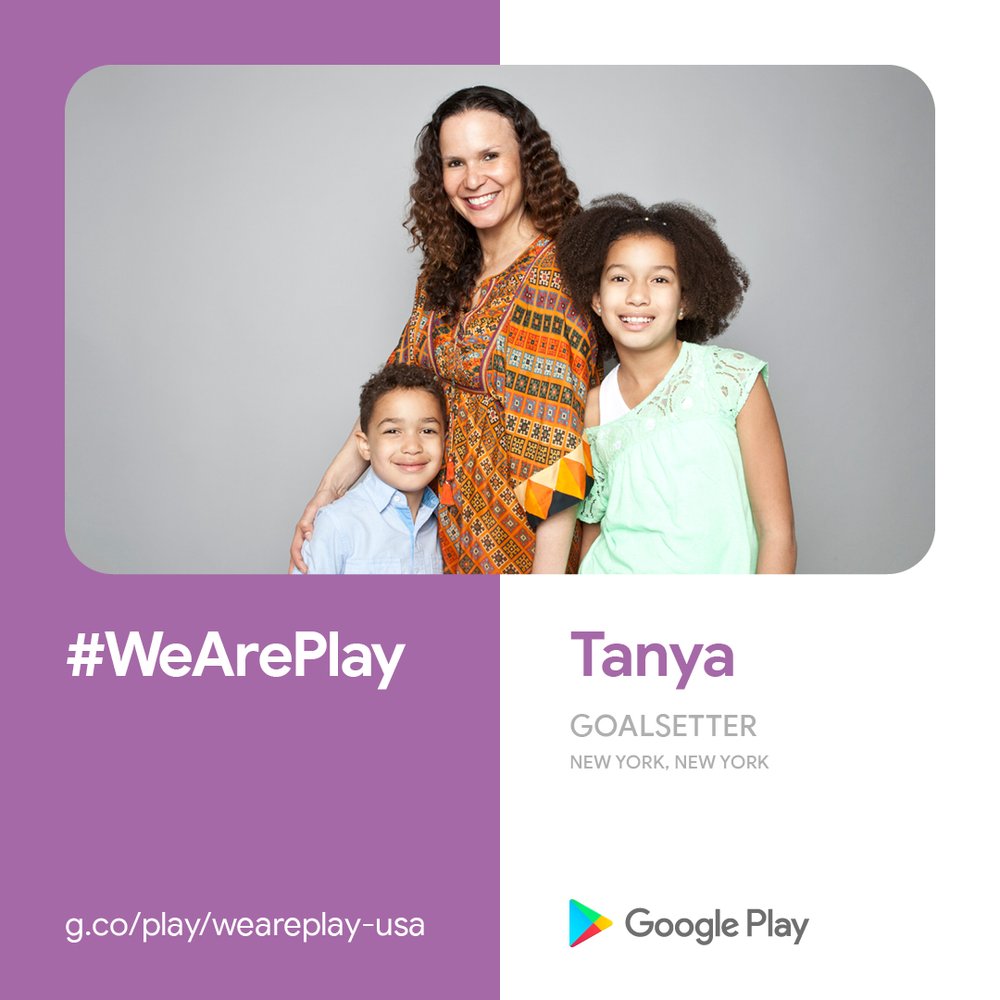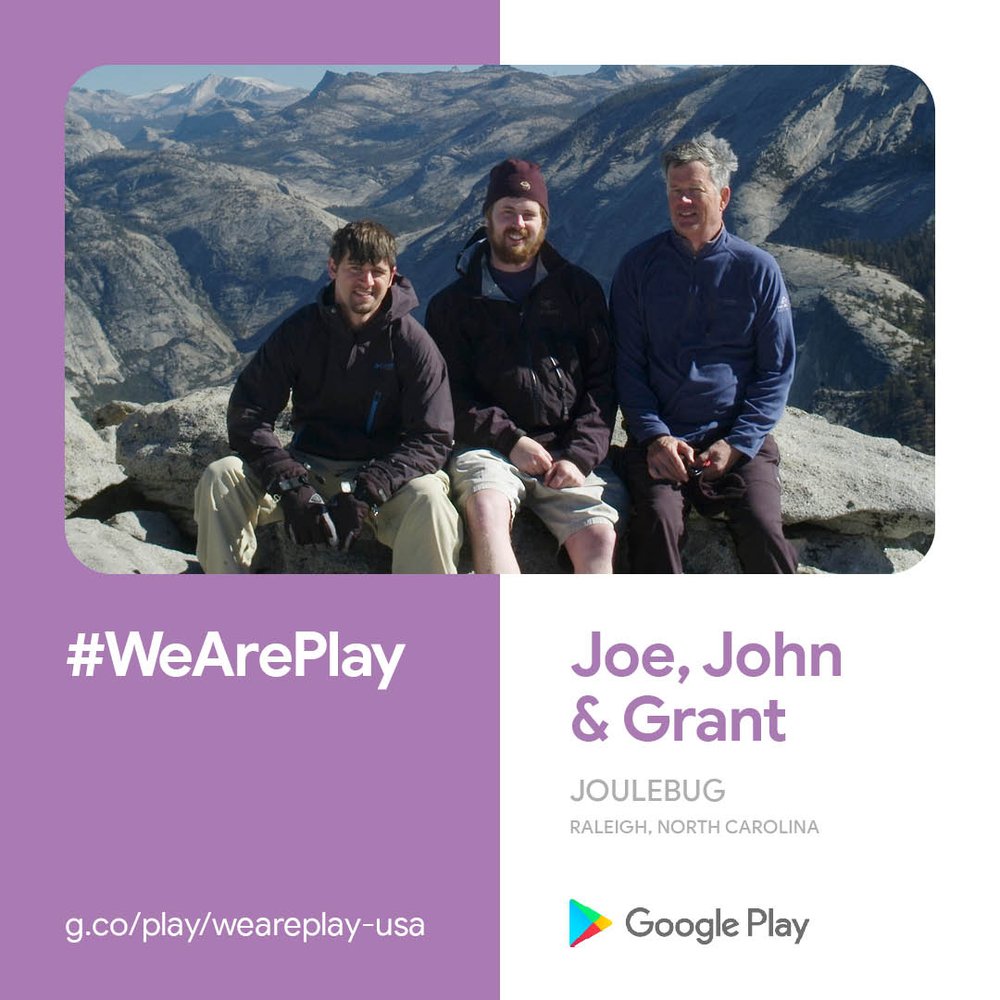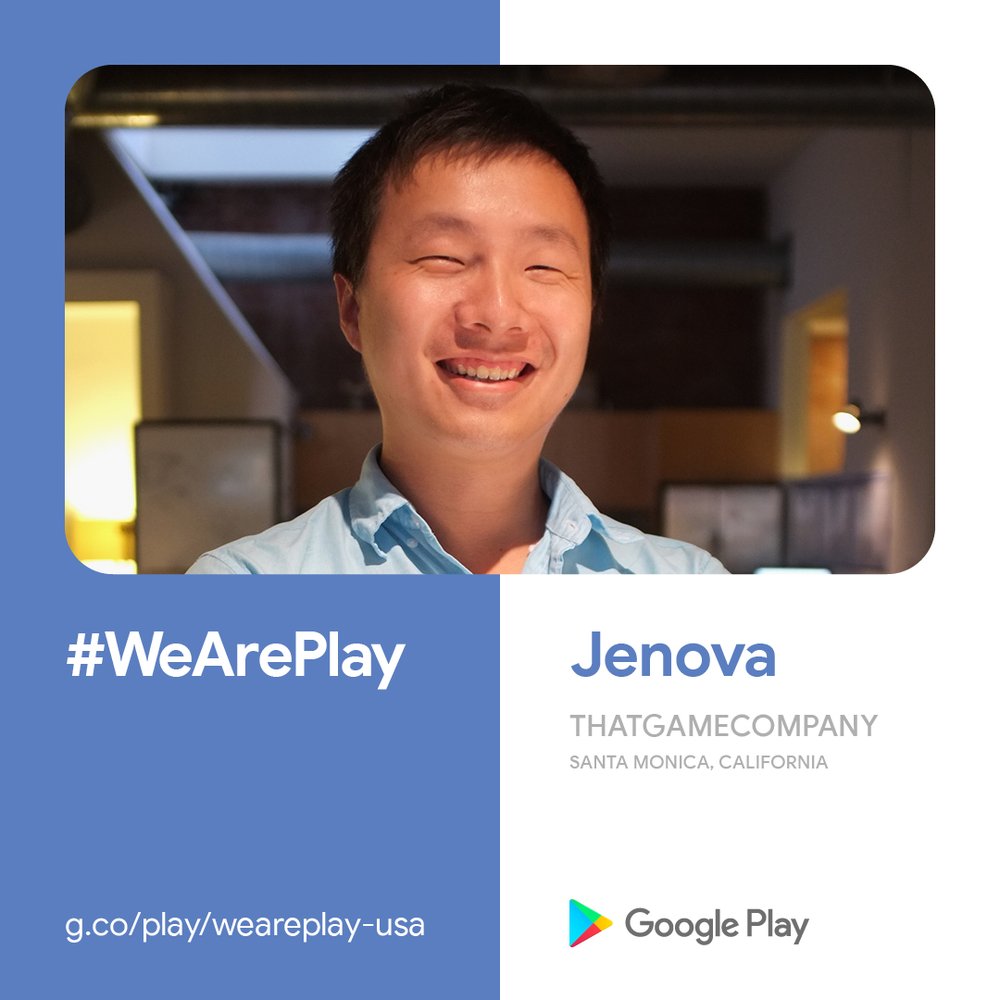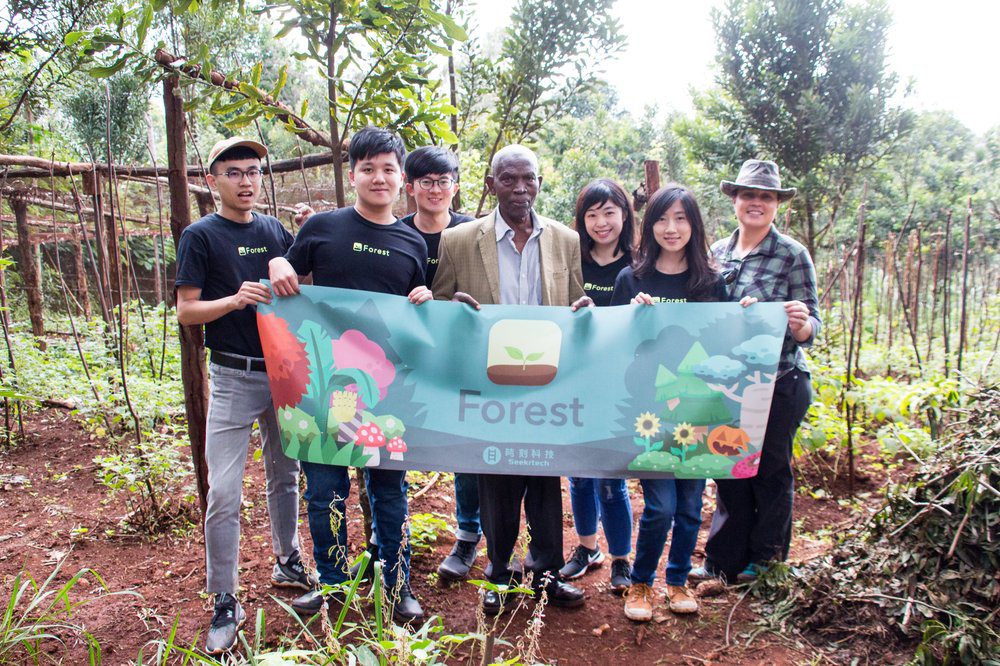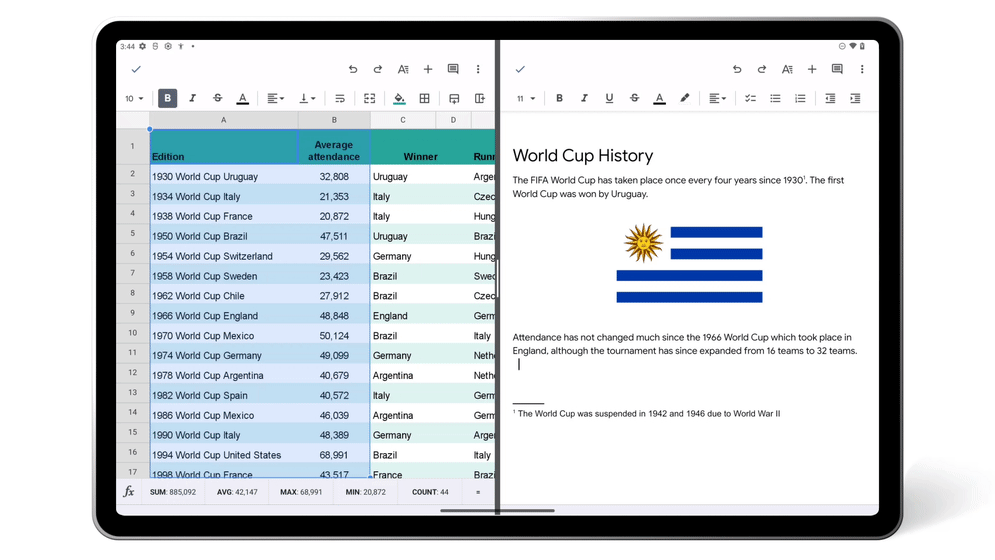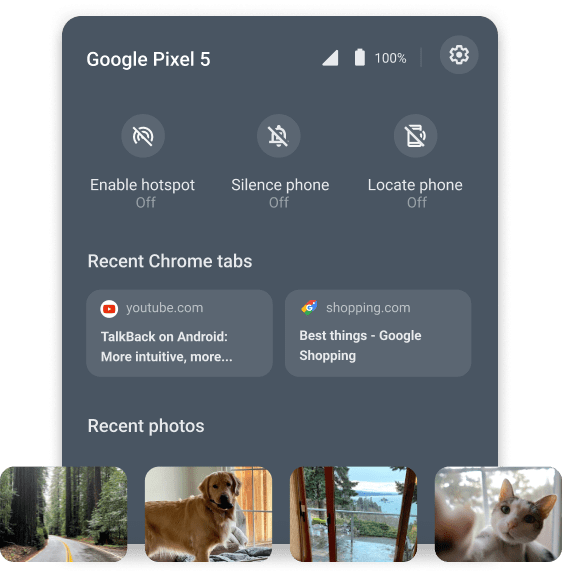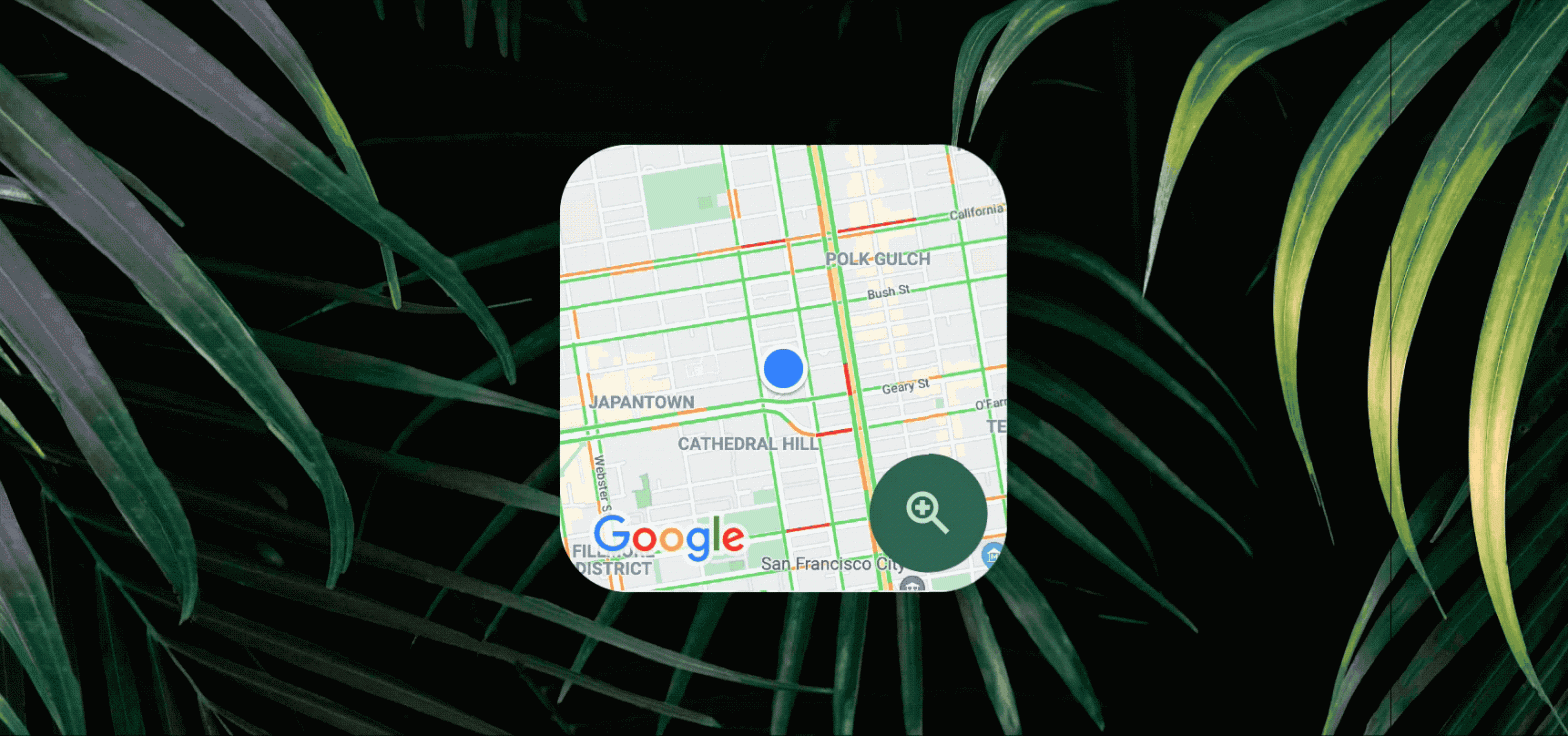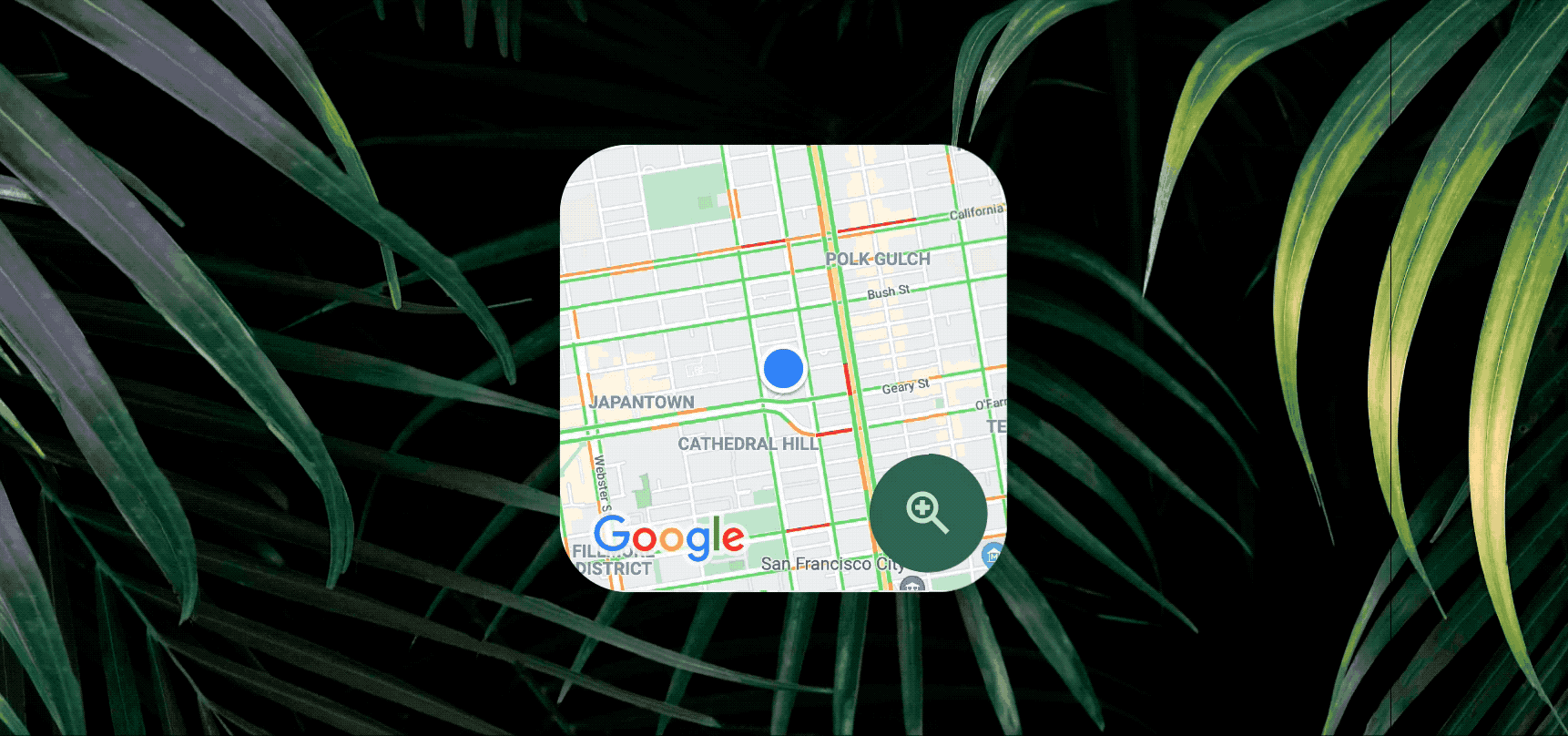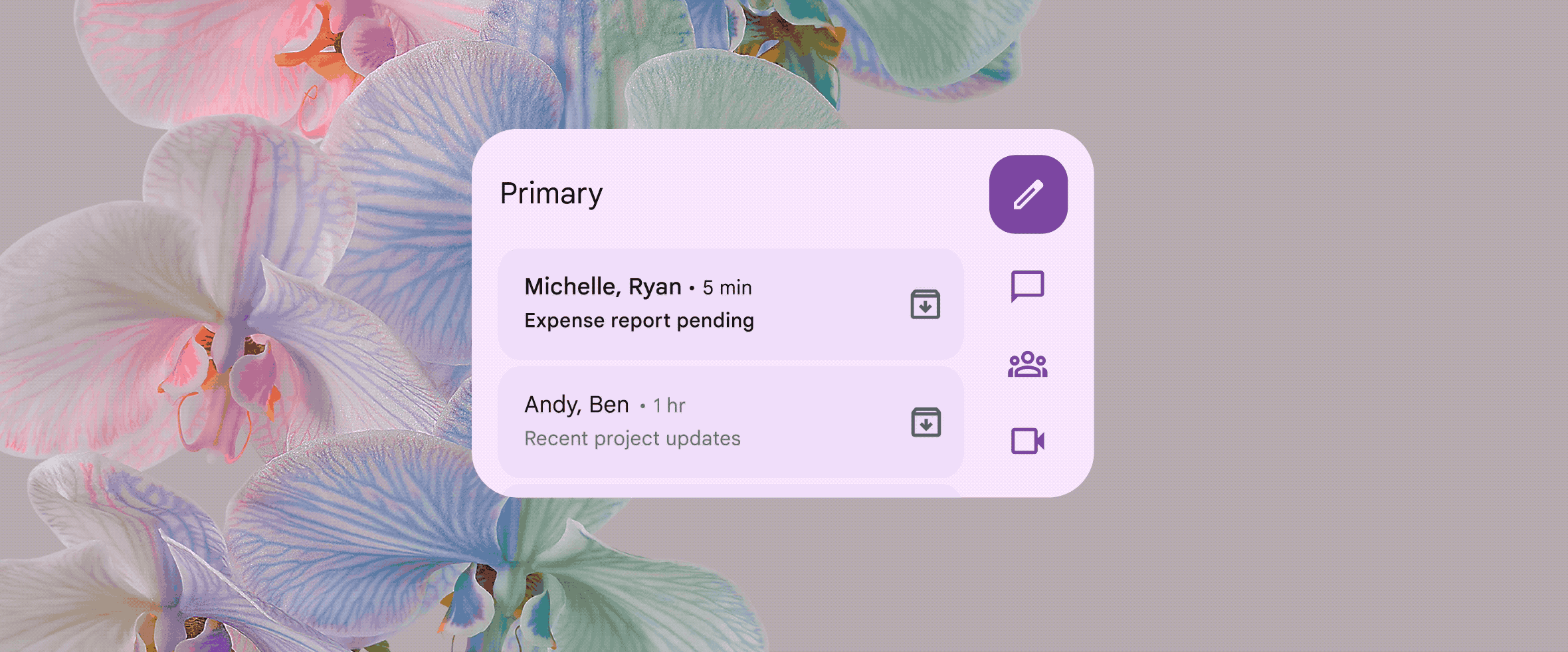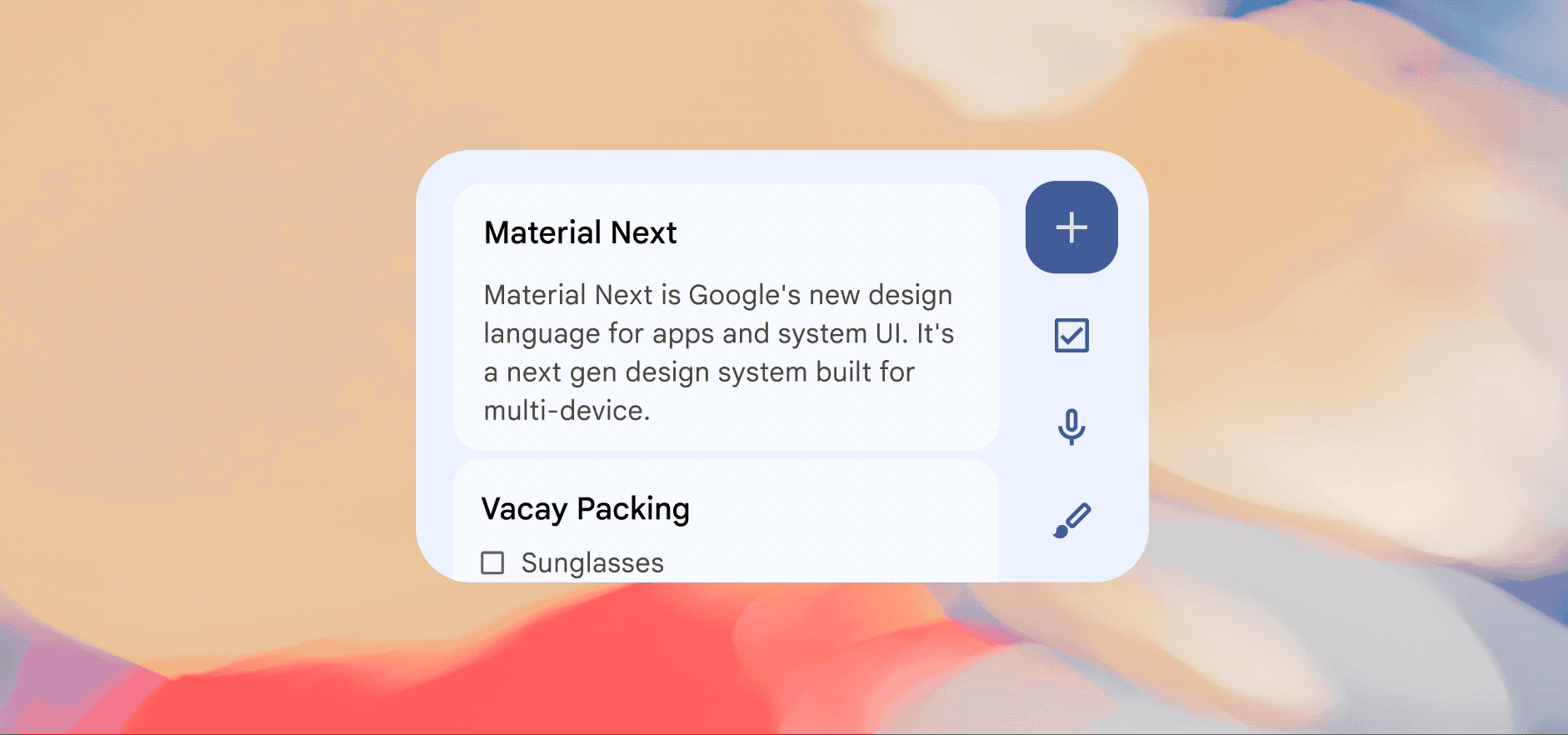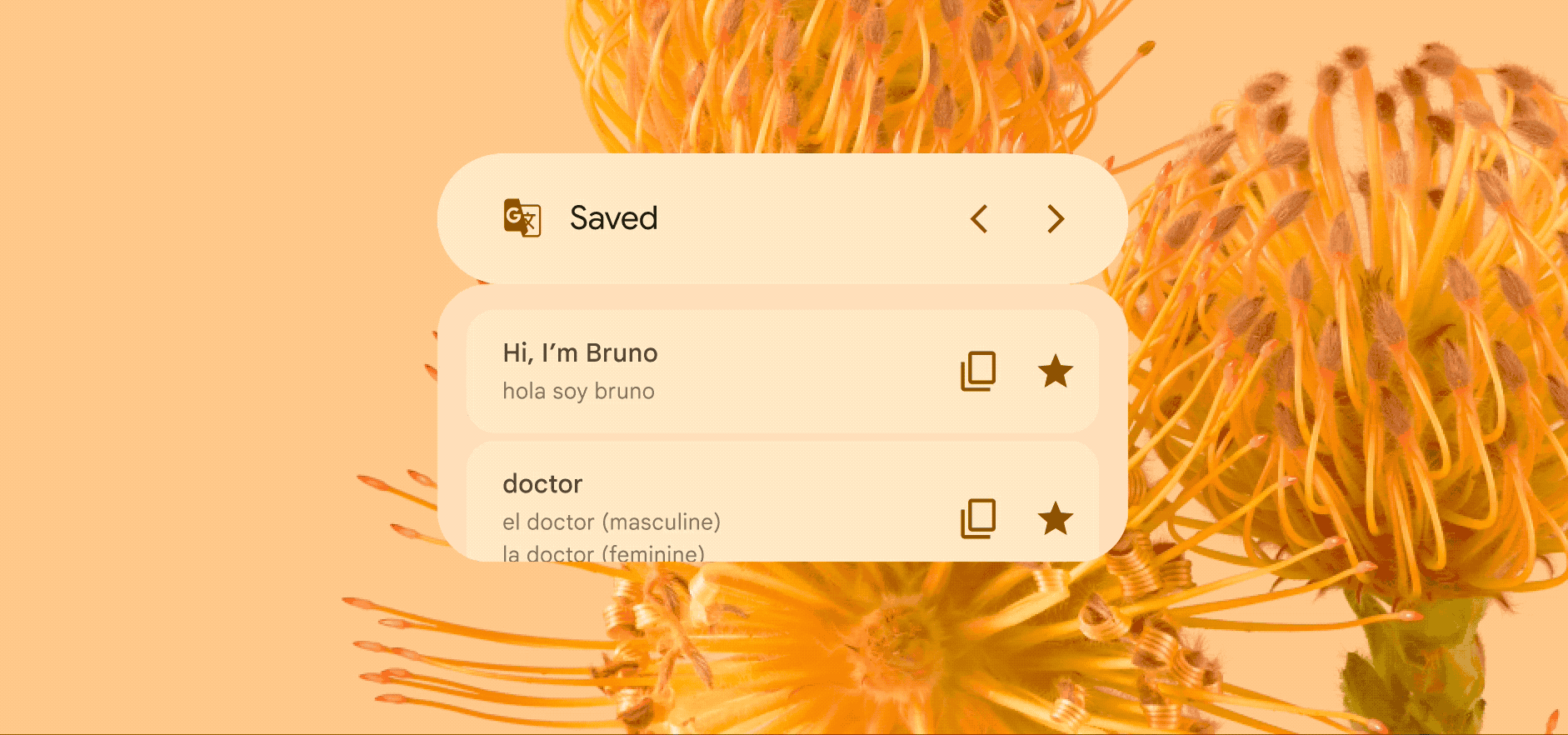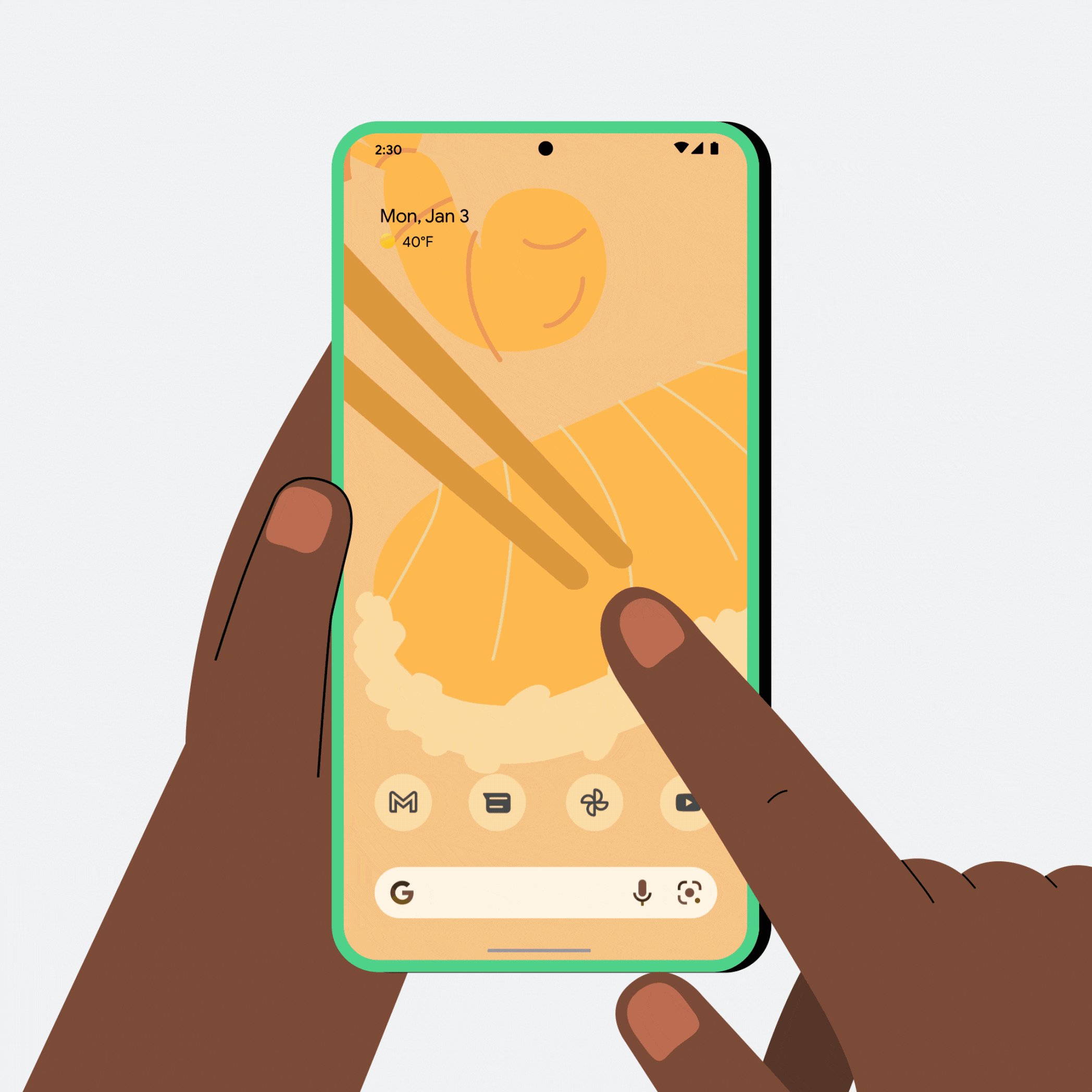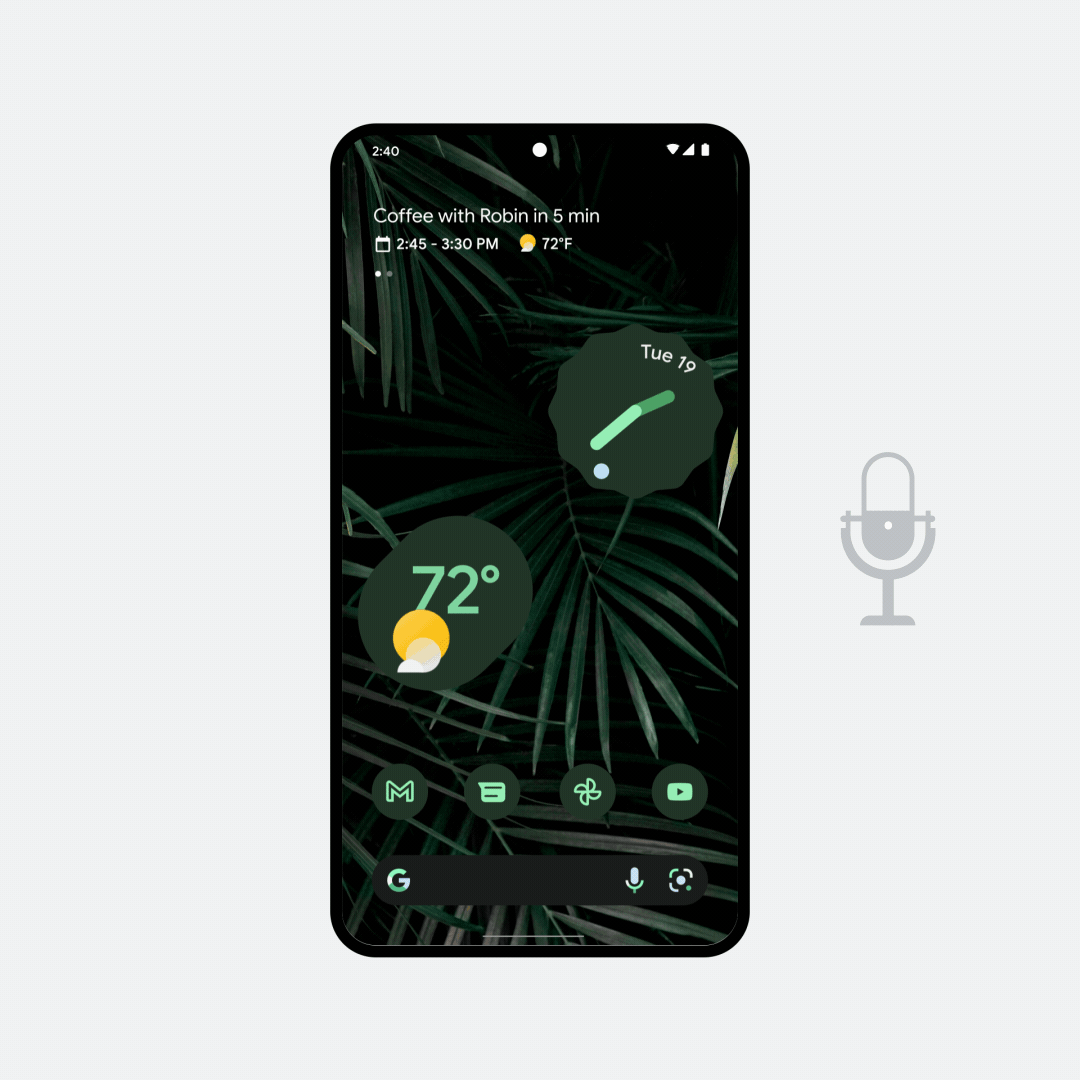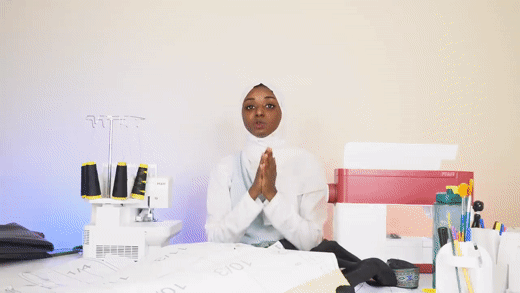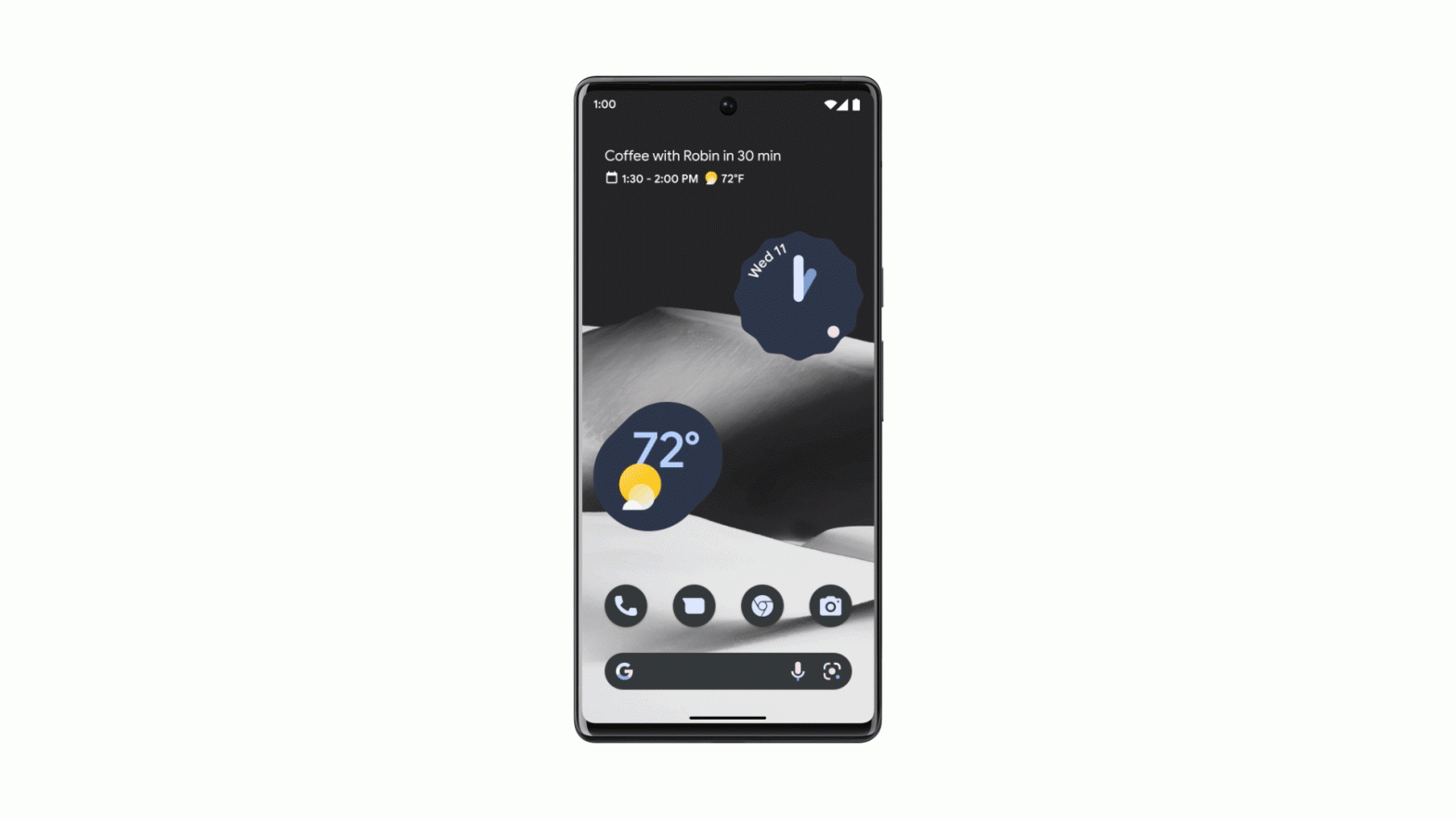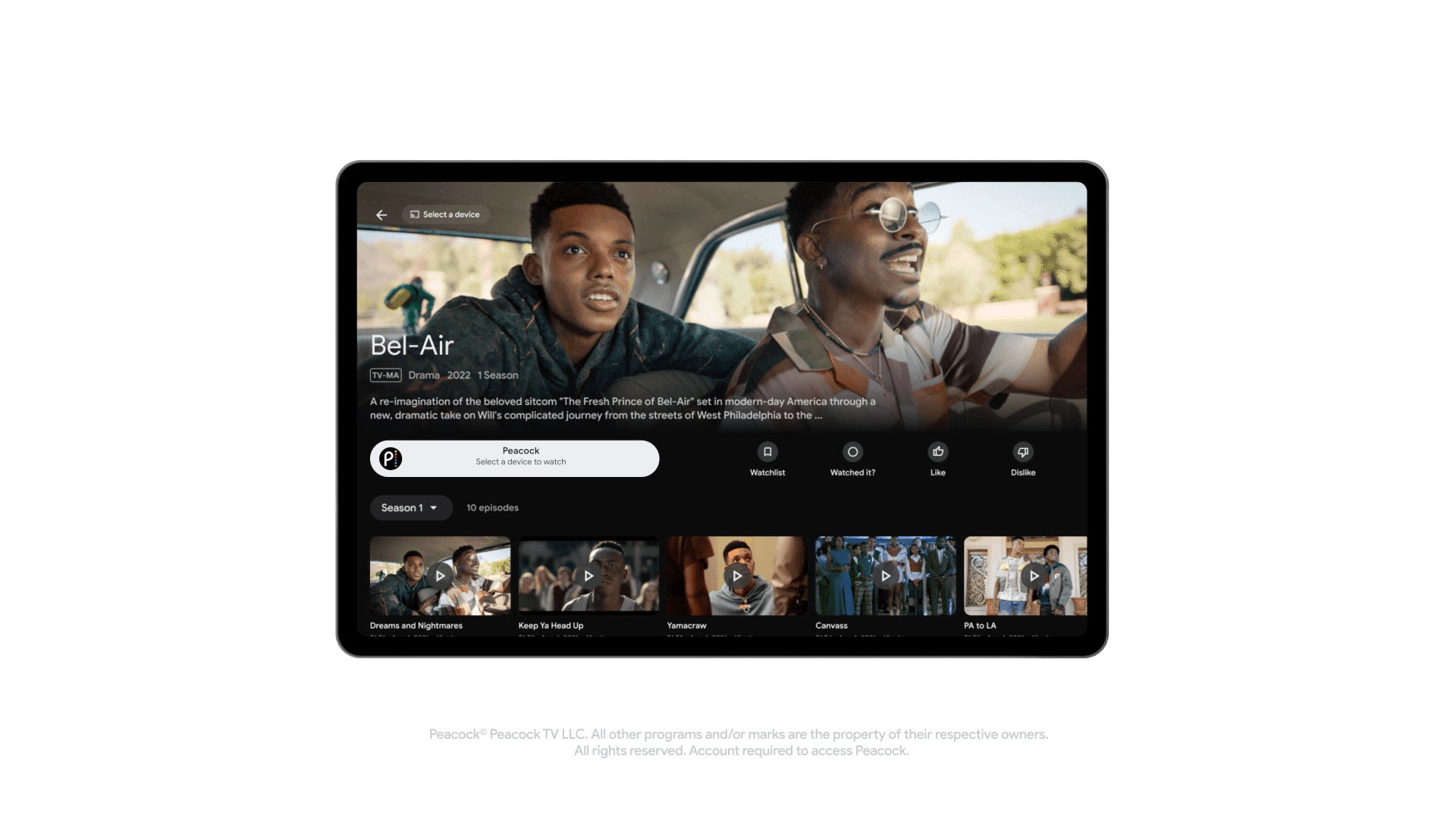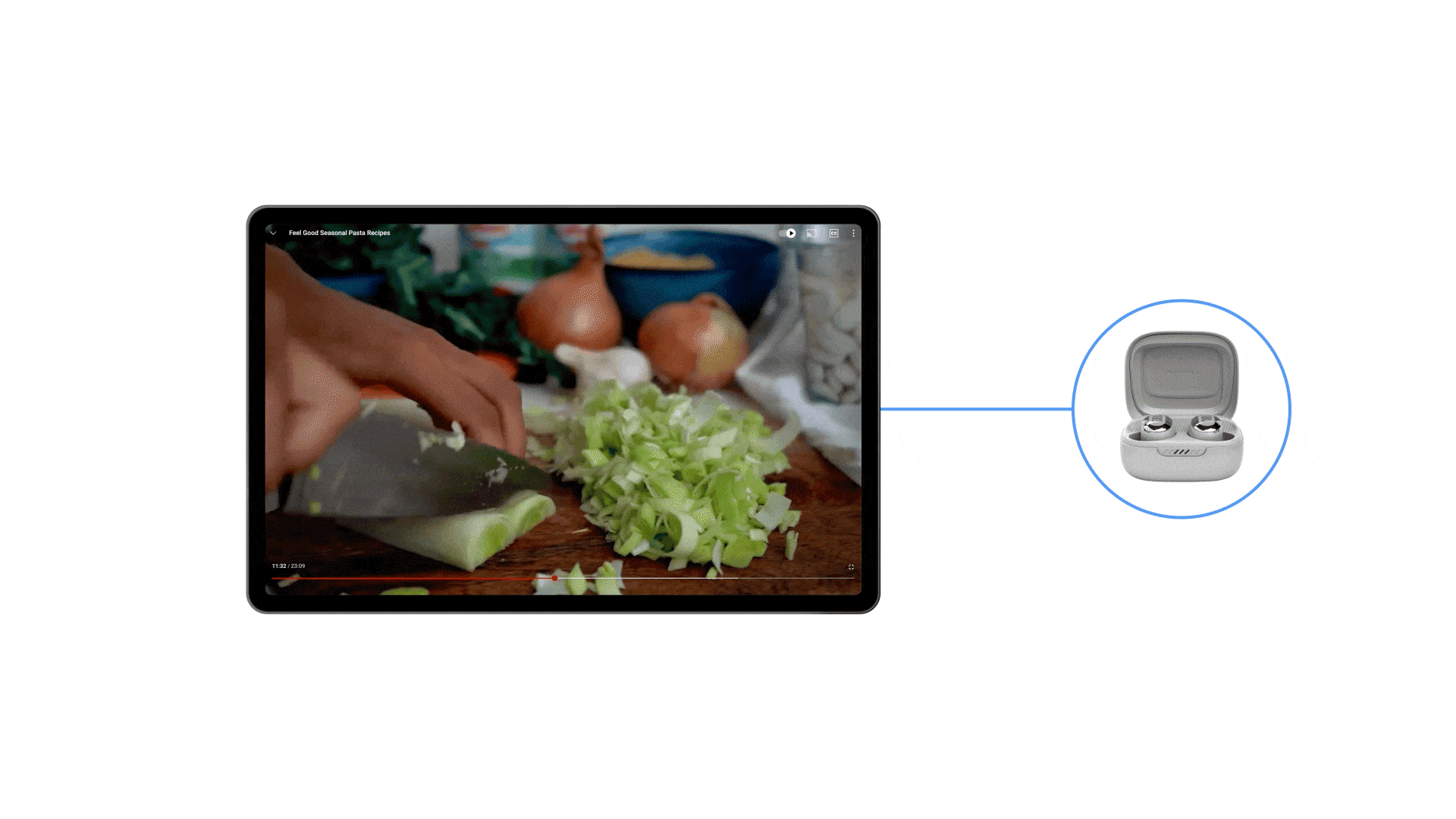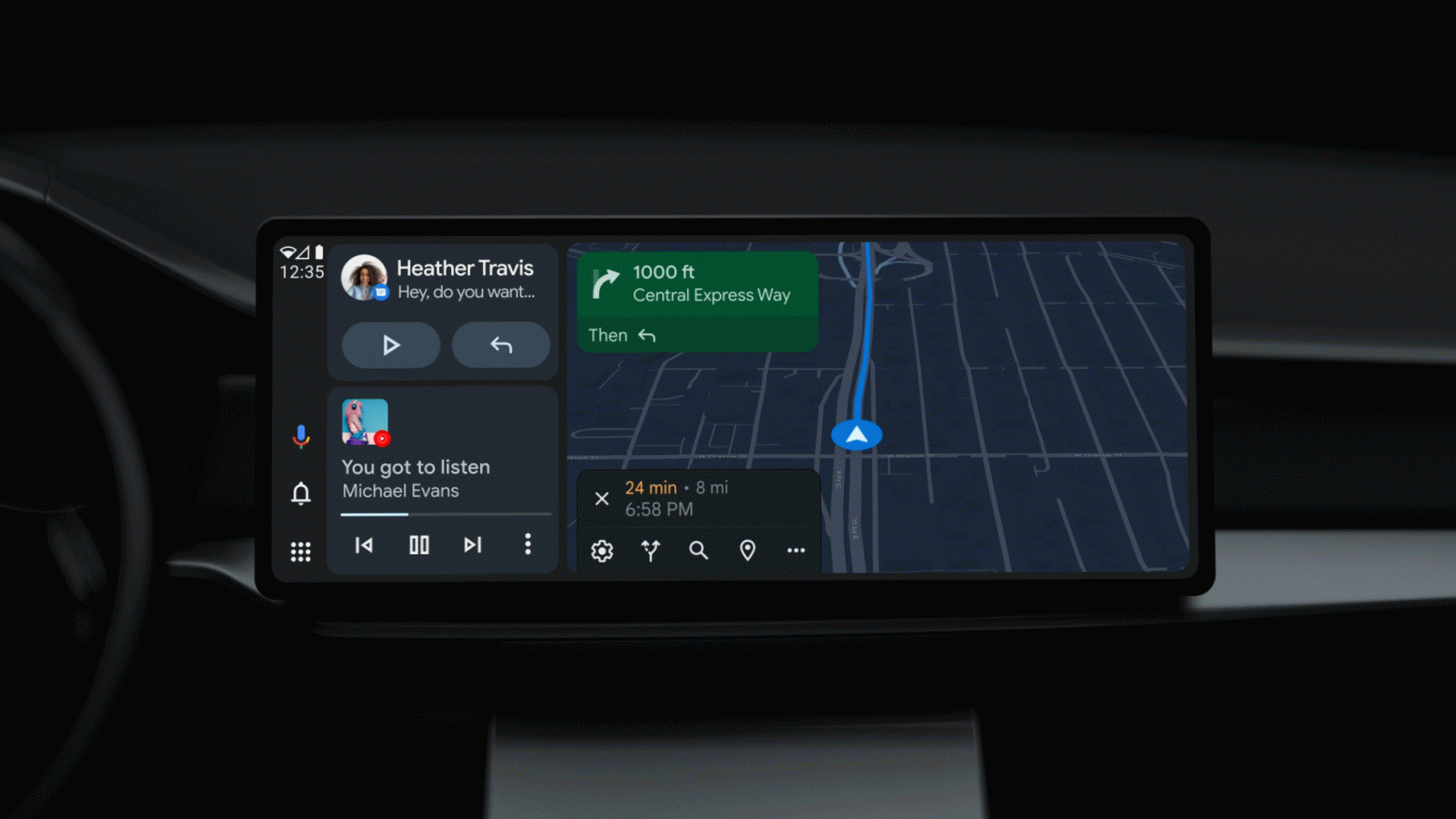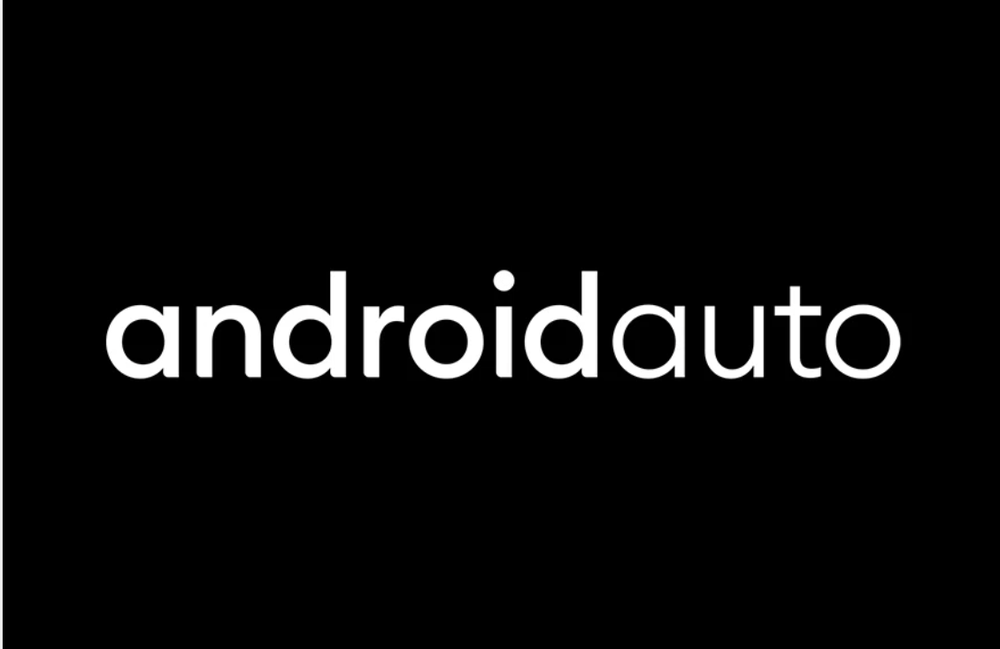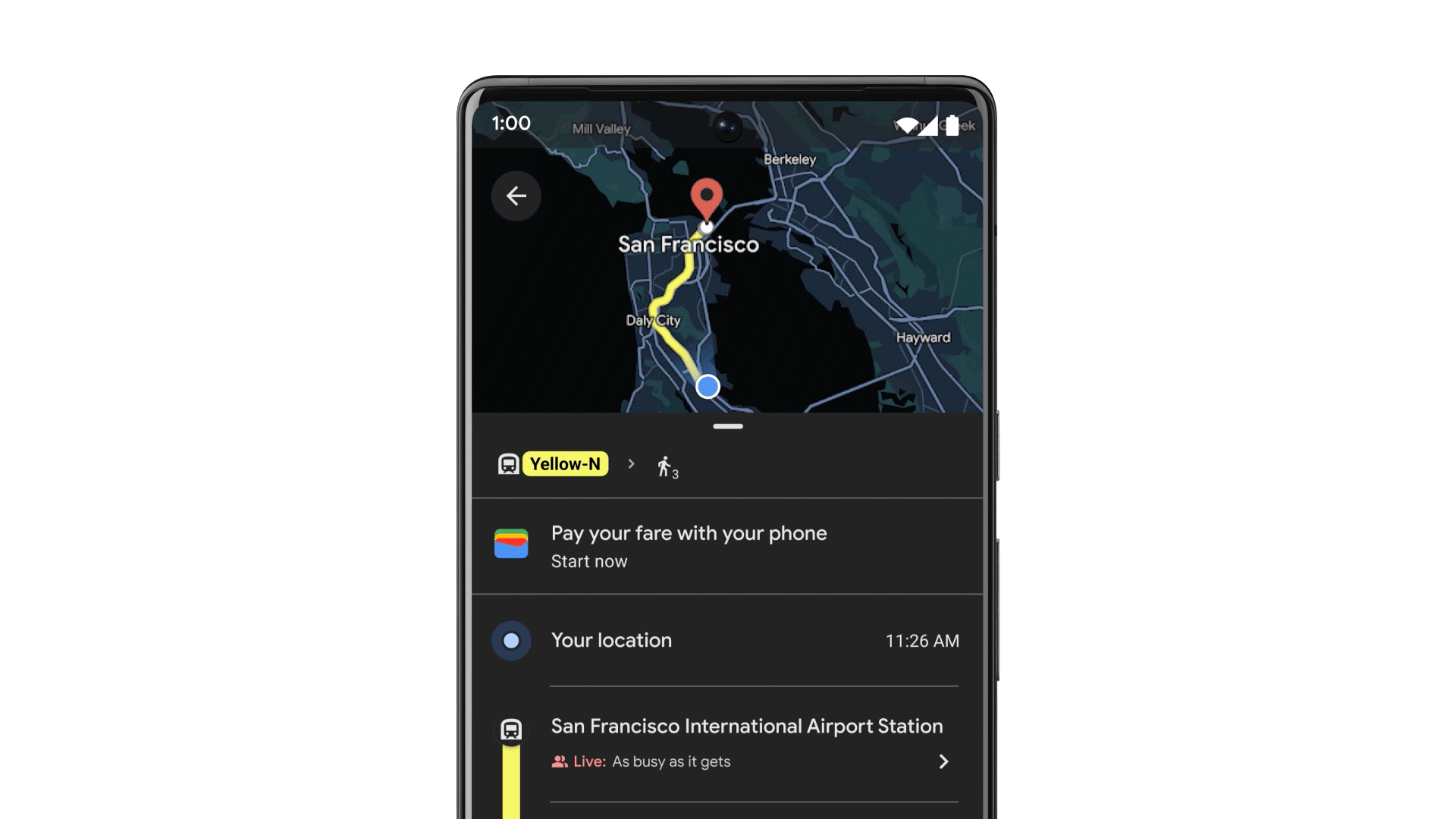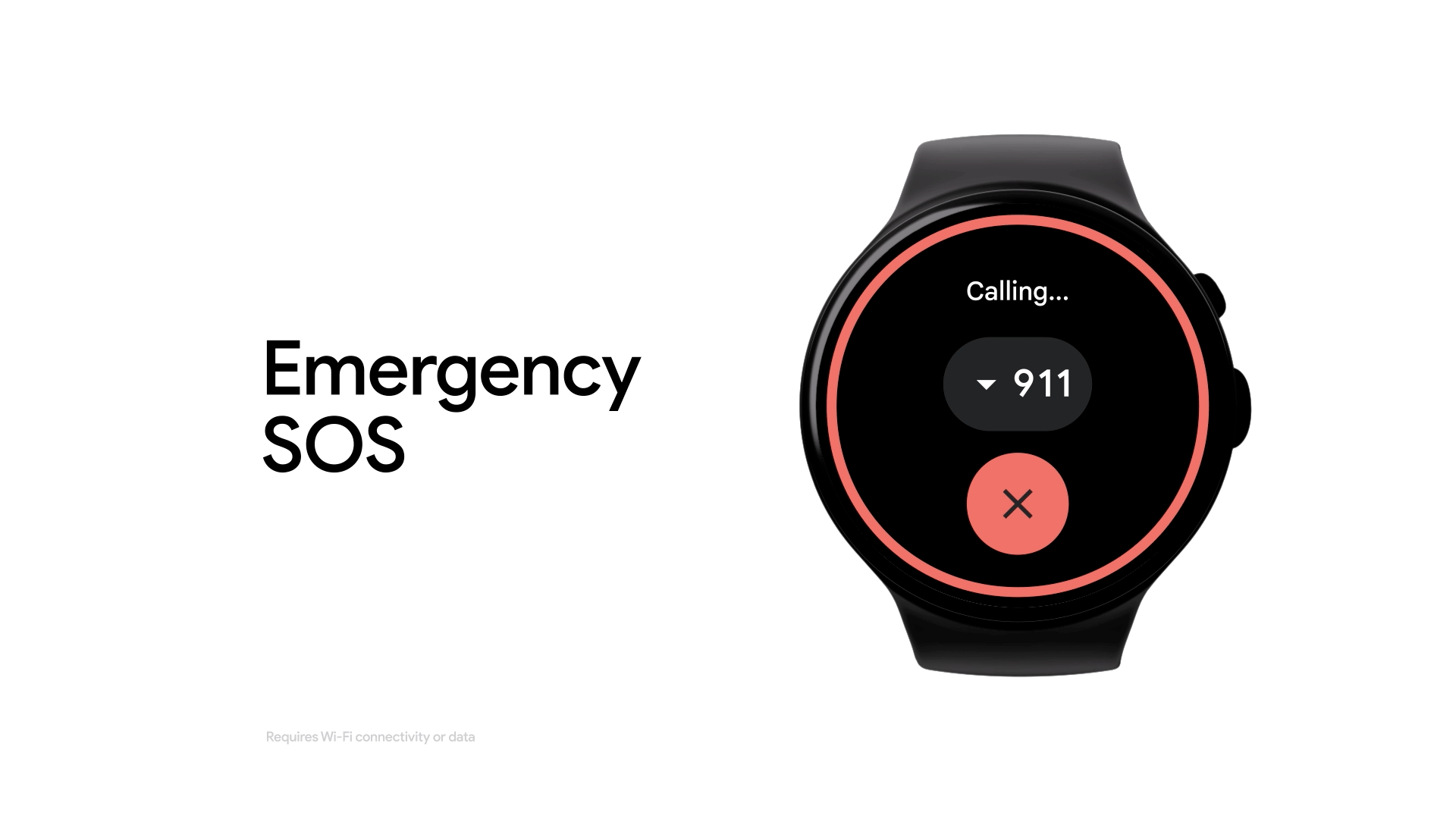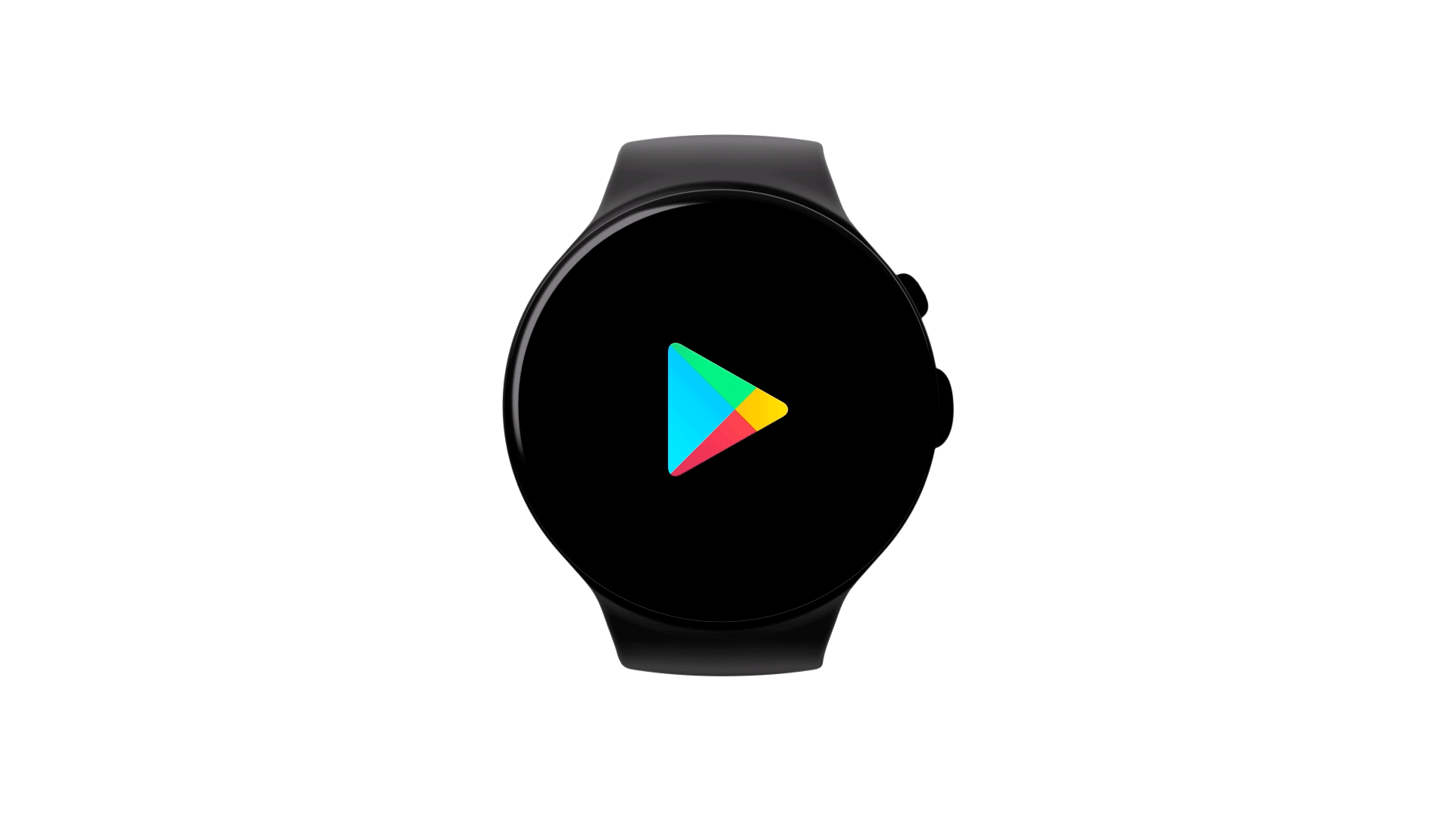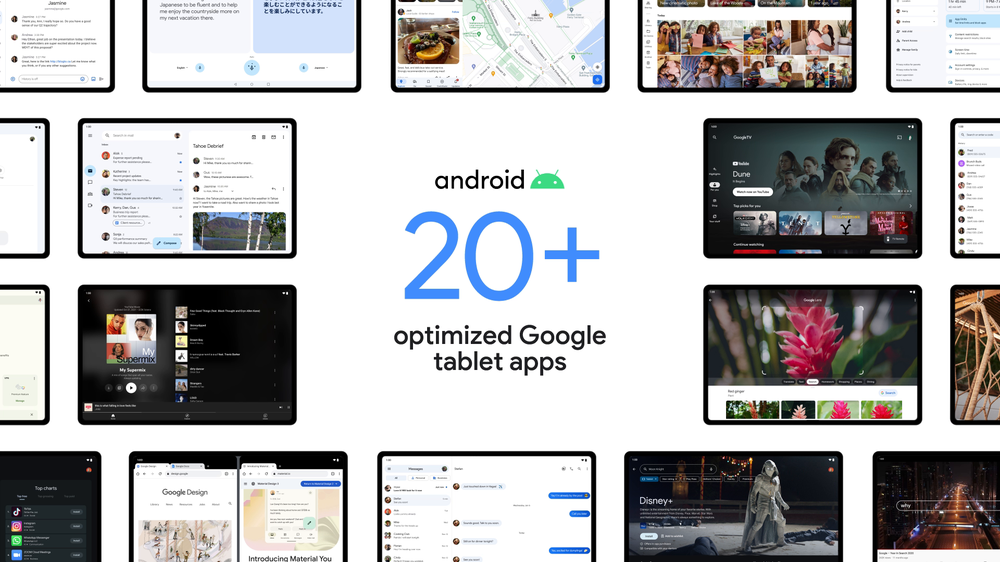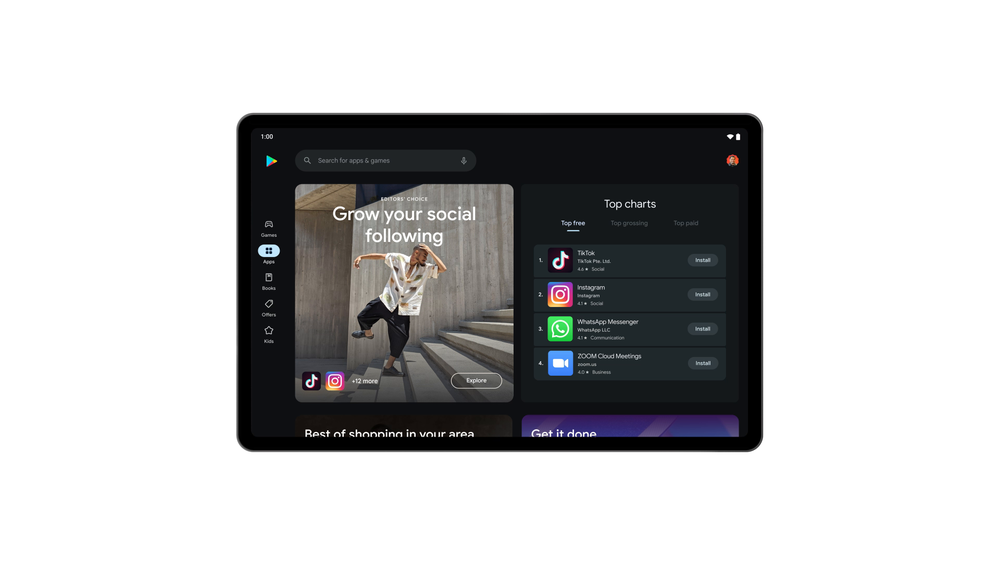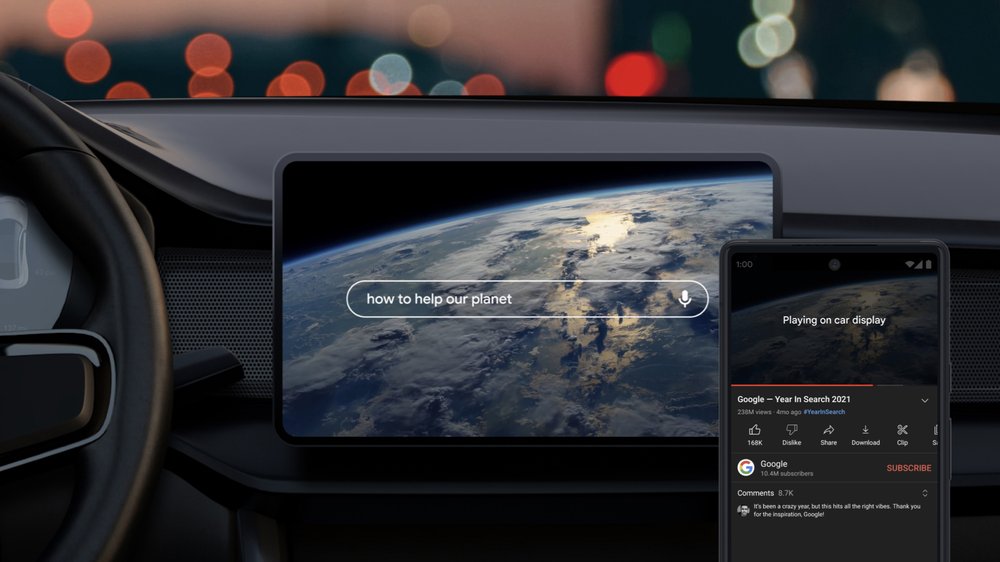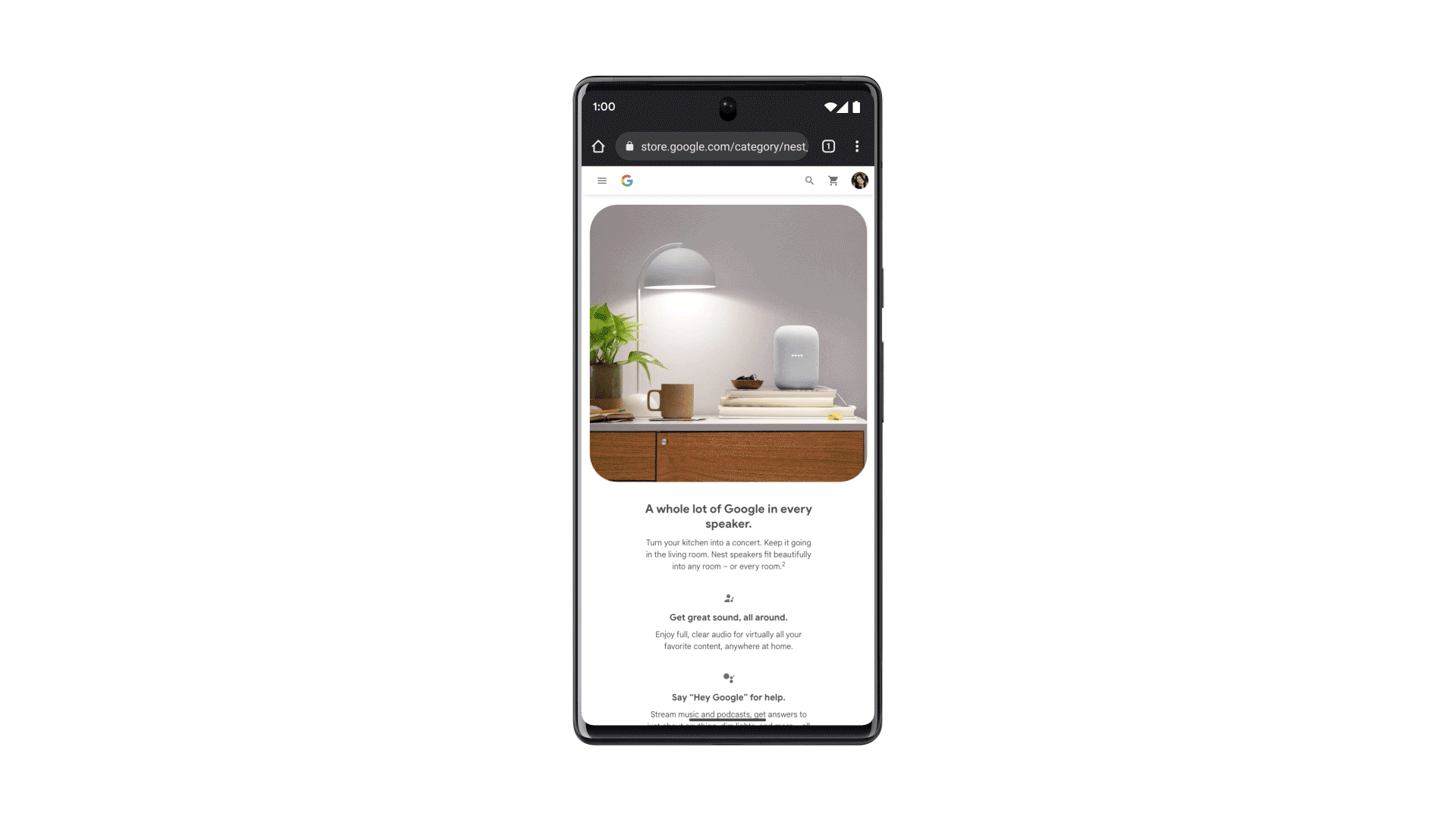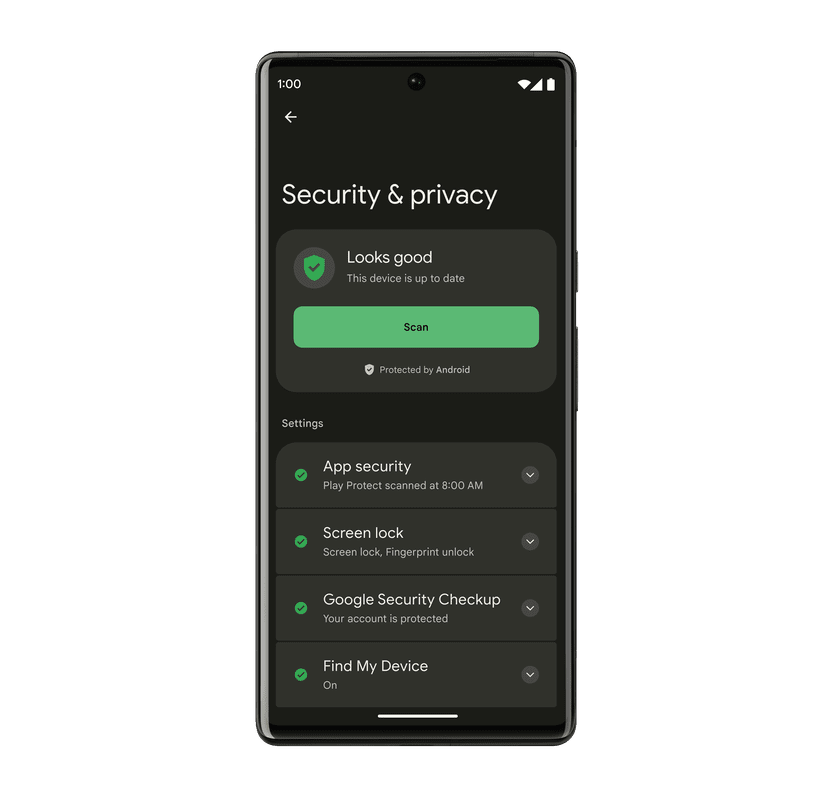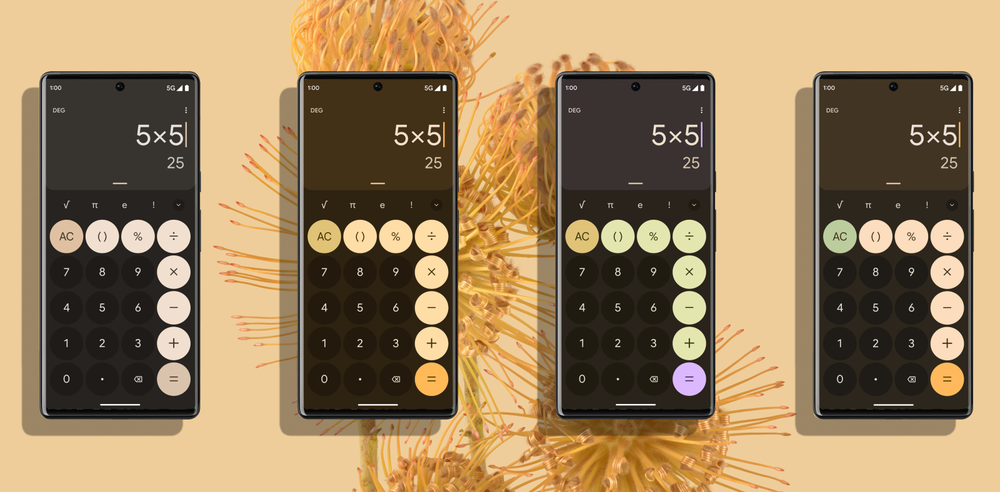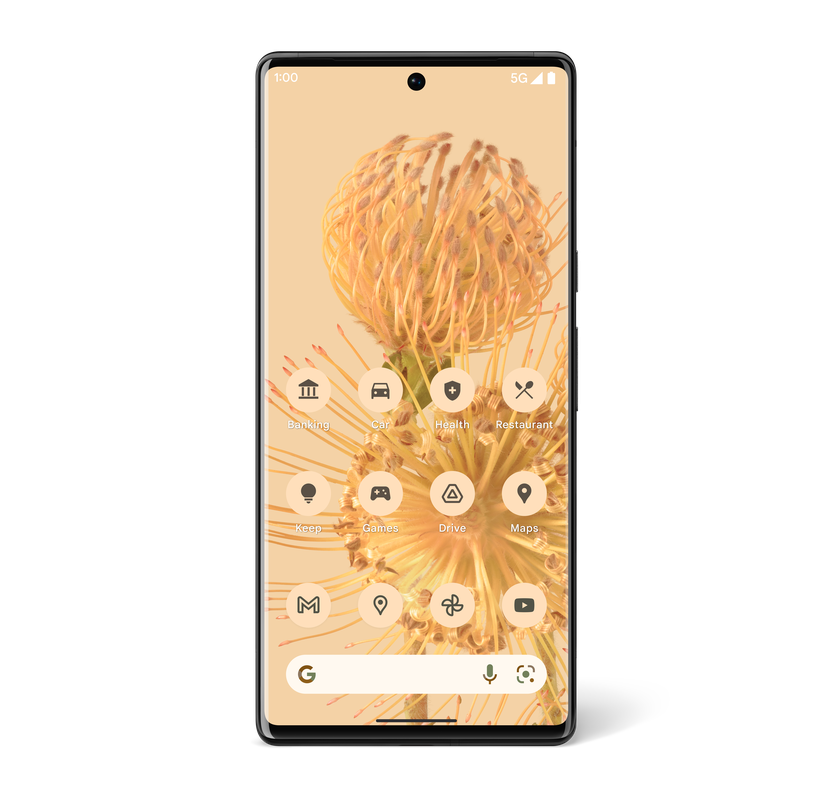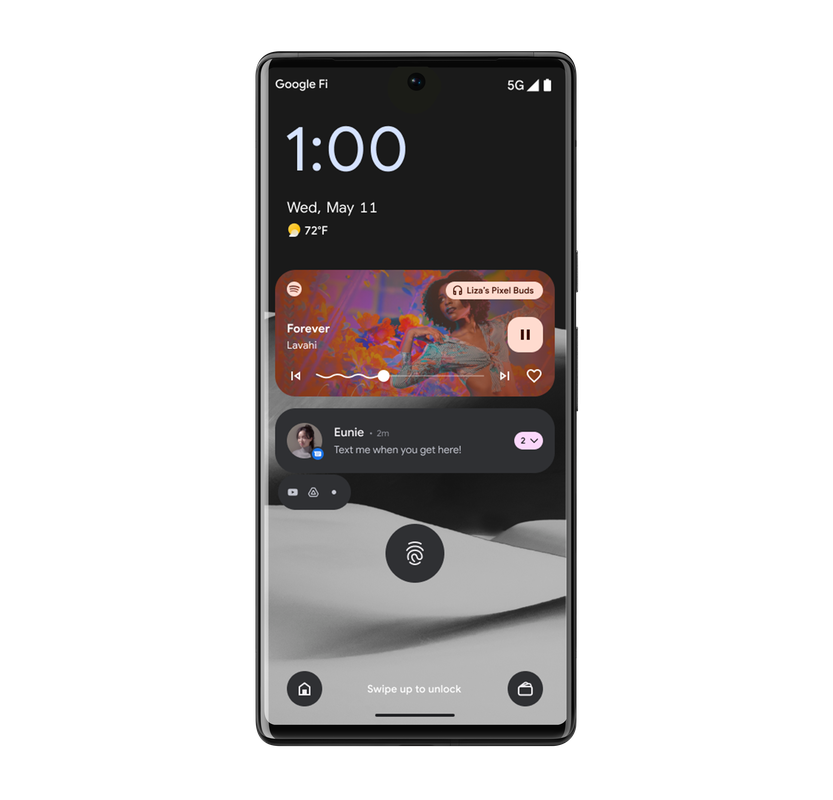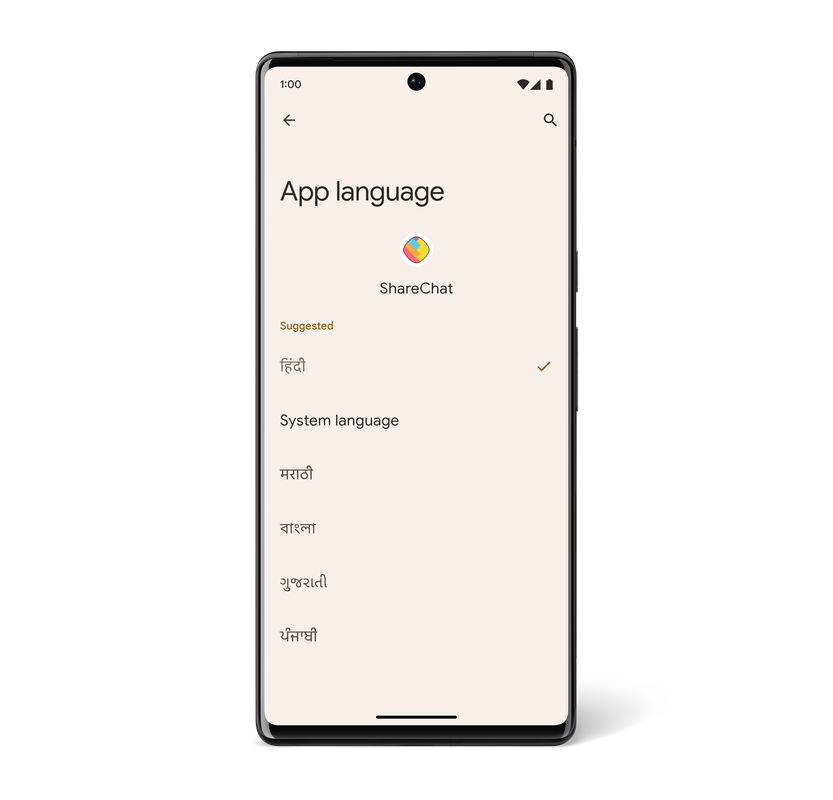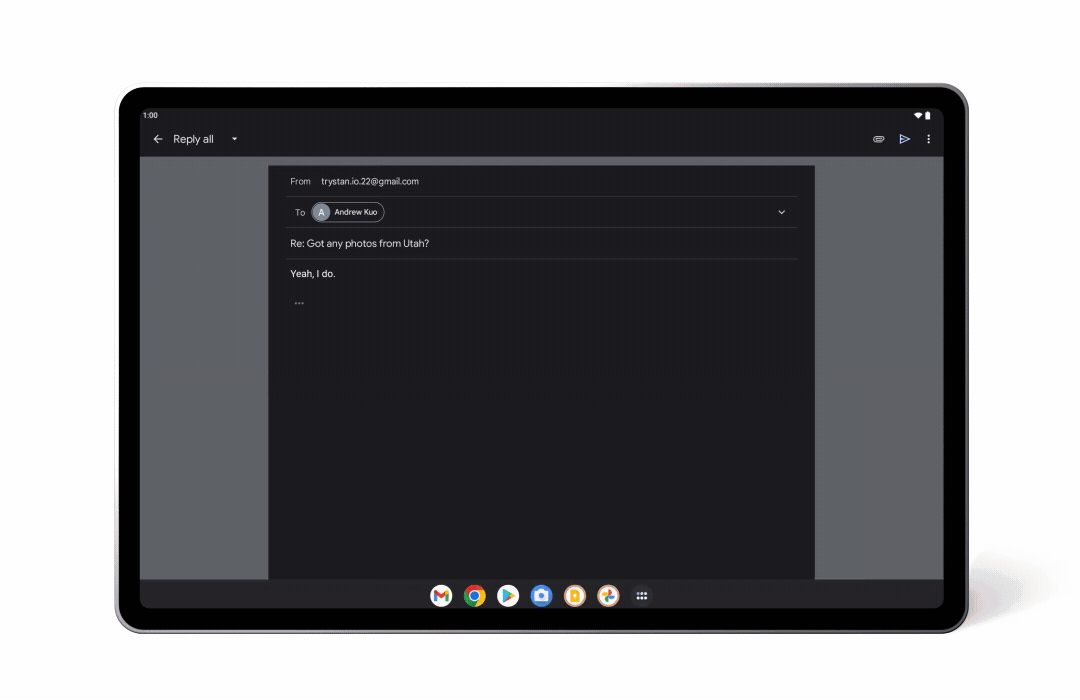There have been a lot of discussions globally about how mobile ecosystems and app stores operate, and the role good policy plays in ensuring that these platforms provide ample choice and flexibility for developers and users. We have been following these discussions closely and agree that policies in this space should be guided by foundational principles that spur innovation, maintain security and expand user choice across the ecosystem, whether on mobile, desktop or gaming consoles.
It’s our belief that operating systems and app stores should:
- Let consumers download apps and games from anywhere — operating systems should support multiple app stores and allow consumers to get apps and games directly from developers.
- Keep consumers safe by building protections into the core operating system and requiring app stores and developers to follow high safety standards.
- Avoid using non-public data about developers to build competing products and services.
- Be upfront with developers about the rules of the road, enforce policies in a predictable way, work with developers to address problems and offer clear means of appeal and redress when issues arise.
- Permit developers to build direct customer relationships, with reasonable safeguards to protect consumer safety.
These principles have roots in our work in the early days of mobile, when we made an unprecedented bet that a free, open-source operating system like Android, built with safety and choice at its core, would be good for developers and consumers and could support the growth of the entire smartphone ecosystem. At the time, there were many different business model options to support a platform — some charged licensing fees for their operating system, others sold high-margin hardware devices. We chose to do things differently by making our operating system and app store free, with minimal restrictions.
We also believe that operating systems and app stores should have a business model that enables both platforms and developers to succeed financially. Just as it costs money to build an app, it costs money to build a platform, and a platform’s business model should align its success with developers’ success.
Over the years we’ve made a significant investment in Android and Google Play, and like any business, we need a business model that lets us keep investing in our mobile efforts. Today, Android is used on tens of thousands of device models from smartphone companies around the world and more than two million developers use Google Play to reach more than 2.5 billion users in 190 countries.
We’ve been able to sustain Android and Google Play through a fee paid by developers who sell in-app digital content, which is a common model across technology platforms. Ninety-seven percent of developers globally don’t sell digital content and are not subject to a service fee. For developers who do sell digital content, we recognize that one size doesn’t fit all, and we’ve evolved our business based on feedback from our developer ecosystem. We’ve tailored our fee structure with a number of programs to meet different businesses‘ needs. With the new programs we announced this year, 99% of developers globally qualify for a service fee of 15% or less, and developers have welcomed these changes.
App and game platforms need to balance consumers’ expectations of choice and safety, developers’ desire to innovate and grow, and their own need for a viable business model. We look forward to contributing to the public policy conversation, guided by our steadfast commitment to building thriving, open platforms that empower consumers and help developers succeed.
Policy around app stores should be guided by a few common-sense principles that drive innovation, maintain security and expand user choice.

